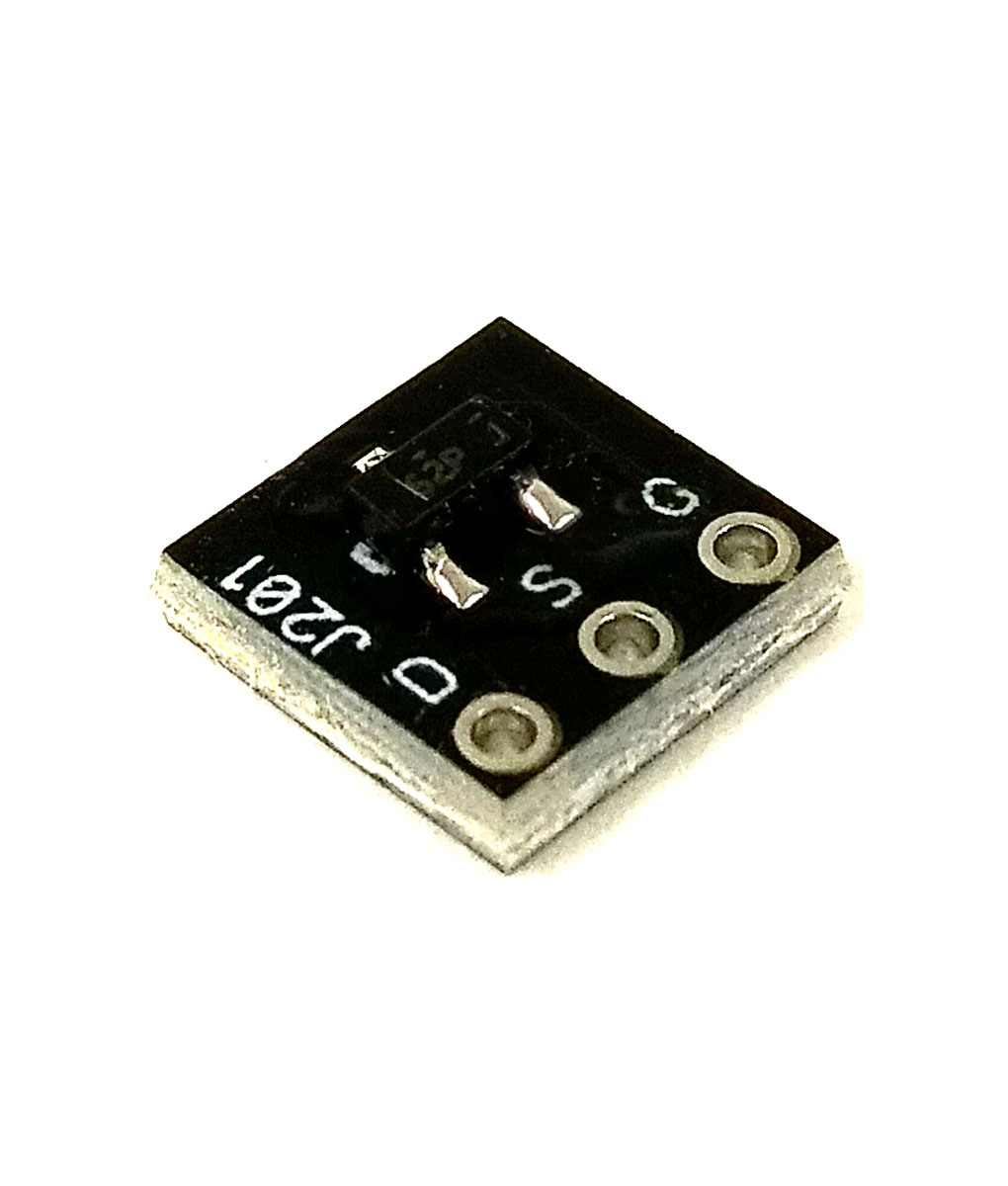Jeff C
Active member
New member here and also new to building pedals, as you will shortly see. I previously built a BYOC Reverb pedal kit successfully and it sounds great. I’ve also built from scratch a Strat, a Tele, a 59 LP, and an LP Junior. So, I wanted a blues driver pedal and thought I’d take a whack at the Cobalt Drive from PedalPCB. The directions are not as detailed as in a kit so I’ve had some difficulty. Clearly in over my head. I managed to procure the parts from the list (not without trial and error on my part) from Tayda. I mistakenly bought a switch without solder lugs so after consulting a patient, helpful friend, bought a daughter board and did my best to figure out how to marry the two - having no skills whatsoever in electronics. History major. I have managed to assemble it but I get nothing from it except static pops when I plug it in. Bypass doesn’t work. No idea what I’ve done wrong but I suspect it revolves around needing to do more with the daughter board on the switch. But what do I know? Here’s a couple of pics (the power jack is not there but I did connect it to test). And I haven’t installed the LED yet. Any and all suggestions are eagerly welcomed. You may recomemd I should just start over but I hope not….. Thank you!




Last edited:


